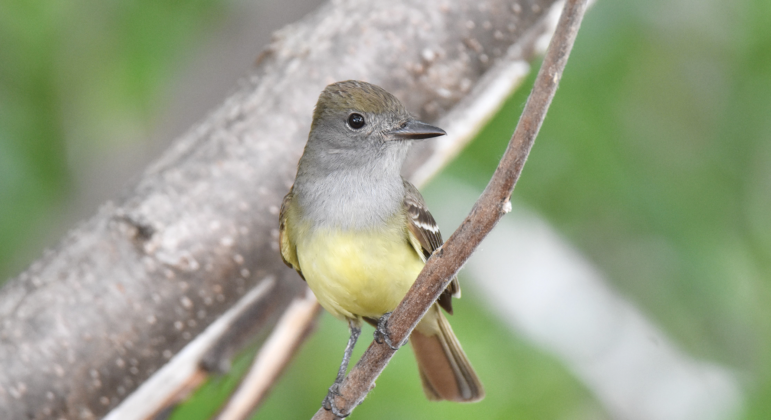When you get to be my age a big topic of conversation seems to be sleep. No one is getting enough of it, everyone is seeking it out. One of my friends is a believer in “second sleep.” He sleeps for a few hours at night, gets up after midnight for a three-hour stint then falls back to sleep around 3 or 4 for some great uninterrupted REM. He touts this practice as reminiscent of what Neanderthals did back in the early days, so it is hard to argue with him. I come from a long line of insomniacs, so I am often up in the dark of night. I recall that my dad was always lurking in the night. He would be up after midnight and heading down to the kitchen to eat graham crackers, washed down with a gallon of milk before heading over to his desk and recounting his dreams in great detail into a tape recorder. He might read or play several rounds of solitaire before returning to the rack. Similarly, after tossing and turning in the middle of the night, I get up and have some peanut butter toast and make a lot of noise slamming all the cupboards. If I can’t get anyone else to get up with my stomping around, I can count on my trusty Labrador sidekick to be game for anything at any hour. On those nights when she looks at me with those gentle brown eyes, I can’t resist, and sometimes we head off to one of the schools to hoof it around and enjoy the night air. Maybe we will hear an owl or see a possum ambling around. I like the dark, pitch dark. But even at 2 a.m. the schools are lit up like it is the middle of the day, which seems hugely wasteful to me. Anyone ridiculous enough to be walking their dog in the wee hours of the night most likely knows what a flashlight is. But what really gets under my skin is the impact light has on our migratory birds, especially this time of year when they are winging it south under the cover of darkness, often in great numbers while we sleep.
I have been obsessing over bird migration for the past few months, ever since I checked Scott Weidensaul’s book out of the KML. I even renewed it several times before actually purchasing my own copy so I could make notes in the margins. Migration is one of life’s great miracles. In his book, A World on the Wing, Scott Weidensaul highlighted some species of birds that we have here in Suffield and discussed the data unveiled by geolocators attached to the tiny birds, including a map of their migration routes each way. He made sense of the great migration, which is still shrouded in a good deal of mystery. He wrote about the complexities of such a journey, which includes navigating using the light from stars and the earth’s magnetic field to orient, paying attention to physical landmarks and making use of greenways in which to rest. It seems to me that we could do our part to help these diminutive travelers by turning off the lights, as lights on and in buildings can interfere with the birds’ natural road map of the stars.

This Great Crested Flycatcher is one of the migratory birds who travel seasonally from North America to Central or South America. Bright lights at night can interfere with their navigation.
And for all us sleep deprived humans, it is notable that migratory birds have adapted so they can sleep on the wing. They can shut down one hemisphere of the brain at a time as they fly, enabling them to take thousands of micro-naps on their journey. That explains why birds can fly nonstop clear across the ocean. Even my friend who is all in with his second sleep can’t top that. So the next time you head up to bed, turn off all those lights first and take a moment to contemplate that while we sleep in the comfort of our beds, migratory birds are on the move, often in large flocks. In, A World on the Wing, Weidensaul summed up the voyage, eloquently describing bird migration as a “marvel above our heads guided by instinct shaped by millions of generations of toil and savage selection, crossing the vaults of space.” (pg.23) For full effect, imagine that quote read by David Attenborough. It is a hard road, and the data collected has not painted a rosy picture for all those migratory birds that we love to see here in Suffield. I cannot bear the thought of a spring without Baltimore orioles, flycatchers, scarlet tanagers, warblers, indigo buntings, thrush, ovenbirds, swallows, hummingbirds and more, gracing our parks and open spaces. We can be diligent by turning off the lights, letting actual night happen and lessening our interference with the stars that are guiding the birds. Little steps make a difference, and we can be part of Audubon’s Lights Out program as a larger scale effort to help birds navigate and continue their journey as they have been doing for millions of years. Let’s embrace the dark!